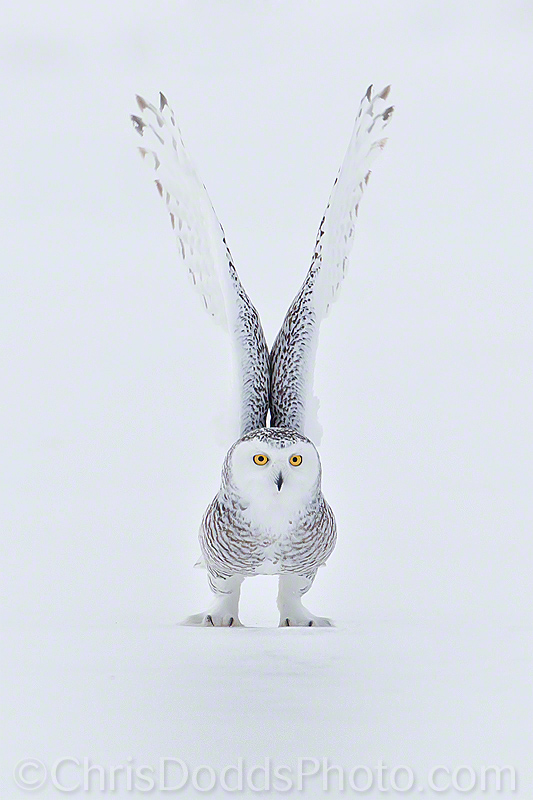Black Guillemot with dinner (Cepphus grille, Guillemot à miroir, BLGU) Mingan Archipelago National Park Reserve of Canada, Réserve de parc national du Canada de l'Archipel-de-Mingan, Quebec, Canada. Image Copyright ©Christopher Dodds. Canon EOS Canon EOS 1DX, 600mm F4 L IS II, 2X Extender III, Tripod & Jobu Jr. 3 ISO 3,200s, f/9 @ 1/2,000s Manual mode. PURCHASE A PRINT or LICENSE IMAGE FOR PUBLICATION HERE.
Getting close enough for head shots of Black Guillemots was a ton of fun each morning during my Atlantic Puffins & more workshop. We had a few hick-ups with wind and waves which forced us to evacuate the island early on the first two days, but we all came away with some great images. I would be eternally grateful if anyone can help identify this fish or eel.
LensCoat® RainCoat 2 Pro
Canadian Nature Photographer Christopher Dodds using LensCoat RainCoat Pro 2 in South Texas. Image Copyright & courtesy Jory Griesman (thanks, Jory!) Canon S-95 in Program mode.
Mini Review: I have been using my new LensCoat RainCoat Pro 2 since I first started to test it in April. I was using a very complex raincoat that required a dedicated eyepiece for each camera body and became quite a nuance to use; it was bulky and the clear window often fogged-up after placing my wet hand inside the cover. Changing tele-converters or adding extension tubes was nearly impossible with the rain cover physically attached to the camera via the dedicated eyepiece. It did the job and was the best I used until discovering the LensCoat RainCoat Pro2.
Installation of the LensCoat RainCoat Pro2 is a breeze and being able to quickly flip the cover out of the way when adding, or changing, extension tubes or tele-converters (Extenders) is a huge selling point. The whole deal takes just about 10 seconds for me to install, folds into a small pouch and makes the whole process much simpler and appealing to use - even when I would skip the complex set-up of my old cover during light drizzle. I must admit that I am also thrilled with the design with the added foldaway left sleeve which makes it easier to keep your left hand on the lens and focus manually; both "sleeves" are long enough to slide over your rain jacket's arms to keep water out of your elbow when standing in the rain all day.
Finally a rain cover for my camera that is easy to use, keeps my gear dry and doesn't interfere with camera function or operator dexterity!
Description from the LensCoat site: LensCoat® RainCoat 2 provides protection for your camera and lens from the elements like rain, snow, salt spray, dirt, sand and dust while allowing you easy access to the camera and lens controls. It has all same great features as the original RainCoat but adds an additional integrated pocket with foldaway arm sleeve on the left side for easier access to zoom and focus. The RainCoat 2 comes in two sizes Pro (for DSLRs with lenses from 200-400/300mm 2.8 - 800mm) and Standard (for DSLRs with small lenses up to 100-400/400mm f5.6). The RainCoat 2 is constructed from a lightweight waterproof, breathable poly tricot material. Available in Black, Green, Navy, Realtree® Max4, Realtree AP Snow, Digital Camo, and Forest Green camouflage pattern. The seams are tape sealed for maximum protection. NO dedicated eyepiece required. The RainCoat 2 goes on quickly and easily. Its versatility through the use of the cinch straps allows you to adjust the length of the cover and to keep it snug around your lens. It has 2 fold out arm sleeves from its integrated pockets for access to the camera and lens controls. You can also access the camera through the rear opening and the lens through the hook & loop bottom closure.
Please support this site and order yours by clicking on the banner below.


